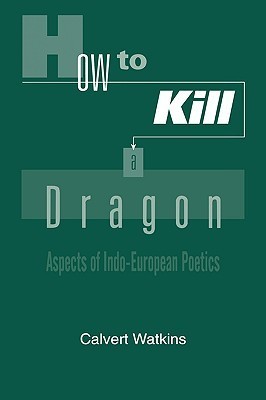What do you think?
Rate this book


613 pages, Paperback
First published January 1, 1995
He compared the identical Greek cadence known as the paroemiac or 'proverb' verse, from its frequency as proverbial utterance occupying the second half line or hemistich of a dactylic hexameter, and proposed as Indo-European metrical prototype a 'gnomic-epic decasyllable'.But it's interspersed with fascinating little tidbits such as:
The Hittite Law Code prescribes capital punishment for bestiality with pig, dog, or cattle, but states that for a man with horse or mule it is not an offense, but 'he cannot become a priest'.A masterwork in its field written by a genius, clearly, but only readable to those with a formal education in the stuff.